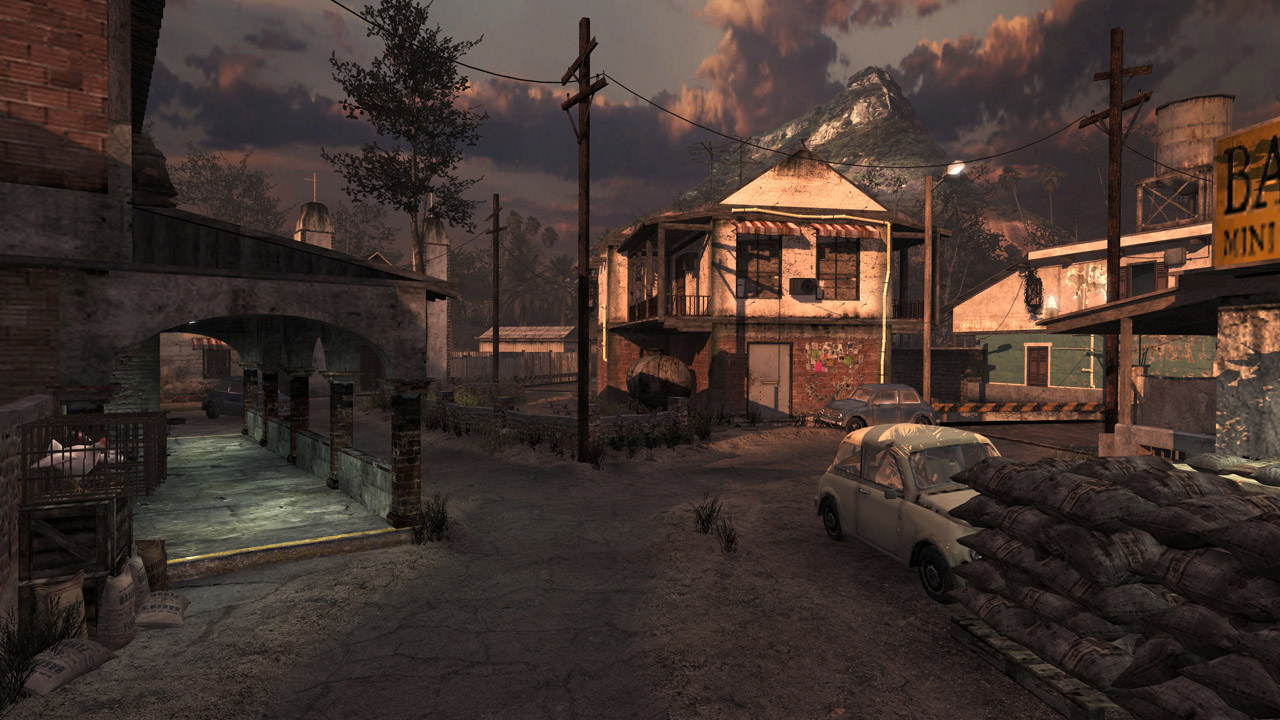
RAZORSQL BACKUP CHANGES FULL
The calculations are based on 22 working days in a month and a one-month retention period for data.Īs shown above, performing a full backup daily requires the most amount of space, and will also take the most amount of time. These calculations presume 20 TB of total data, with 5% of the data changing daily, and no increase in total storage during the period. In "A backup strategy's impact on space" below, the media capacity requirements and media required for recovery are shown for three typical backup strategies. Typically, each alternative and strategy choice involves making tradeoffs between performance, data protection levels, total amount of data retained and cost. Many considerations will affect the choice of the optimal backup strategy. An organization often uses one of the following backup settings: In comparison, the third backup with a differential will back up all changes since the first full backup, which was "Backup 1."įrom these three primary types of backup, it is possible to develop an approach for comprehensive data protection. By the third backup operation, the data that is backed up with an incremental is limited to the changes since the last incremental. The first partial backup performed, either a differential or incremental, will back up the same data. For subsequent backups, it is possible to run either another full, an incremental or a differential backup.

An organization must run a full backup at least once. Moreover, differential backups require more space and time to complete than incremental backups, although less than full backups.Īs shown in "A comparison of different types of backup," above, each backup process works differently. Thus, it will store more backed up data than an incremental on subsequent operations, although typically far less than a full backup. However, each time it is run afterwards, it will continue to copy all data changed since the previous full backup. Differential backupsĪ differential backup operation is similar to an incremental the first time it is performed, in that it will copy all data changed from the previous backup. Thus, these operations will have a faster backup speed, and require less media to store the backup. The benefit of an incremental backup is that it copies a smaller amount of data than a full. Backup applications track and record the date and time that backup operations occur in order to track files modified since these operations.īecause an incremental backup will only copy data since the last backup of any type, an organization may run it as often as desired, with only the most recent changes stored. An organization typically uses the modified time stamp on files and compares it to the time stamp of the last backup. Incremental backupsĪn incremental backup operation will result in copying only the data that has changed since the last backup operation of any type. Typically, backup operations employ a full backup in combination with either incremental or differential backups. Data centers that have a small amount of data (or critical applications) may choose to run a full backup daily, or even more often in some cases. Thus, full backups are typically run only periodically. However, the disadvantages are that it takes longer to perform a full backup than other types (sometimes by a factor of 10 or more), and it requires more storage space. This results in a minimal time to restore data, a metric known as a recovery time objective. The primary advantage to performing a full backup during every operation is that a complete copy of all data is available with a single set of media. As the name implies, this type of backup makes a copy of all data to a storage device, such as a disk or tape. The most basic and complete type of backup operation is a full backup. Mirror backup, though, is typically more of an on-premises approach and often involves disks. You might start out with a full backup in the cloud and then shift to incremental backups.

If you're performing cloud backup, incremental backups are generally a better fit because they consume fewer resources. local backup, there are some types of backup that are better in certain locations. Other backup types include synthetic full backups and mirroring. The most common backup types are a full backup, incremental backup and differential backup. Backing up data is only one part of a disaster protection plan, and may not provide the level of data and disaster recovery capabilities desired without careful design and testing.īackup applications have long offered several types of backup operations.
RAZORSQL BACKUP CHANGES SOFTWARE
Backup software applications reduce the complexity of performing backup and recovery operations. The term backup has become synonymous with data protection over the past several decades and may be accomplished via several methods.


 0 kommentar(er)
0 kommentar(er)
